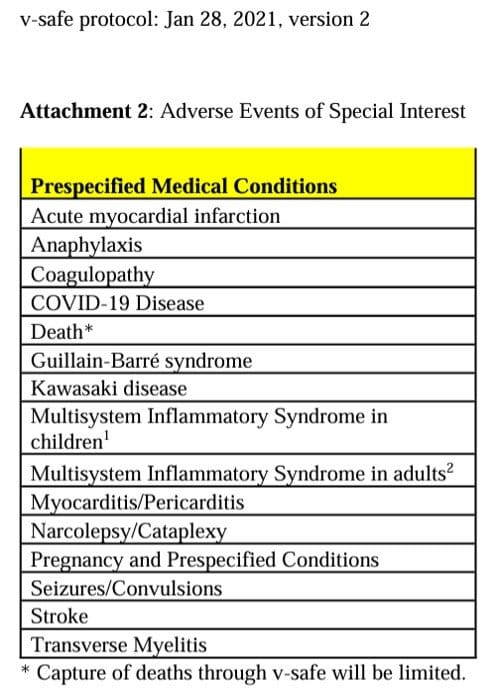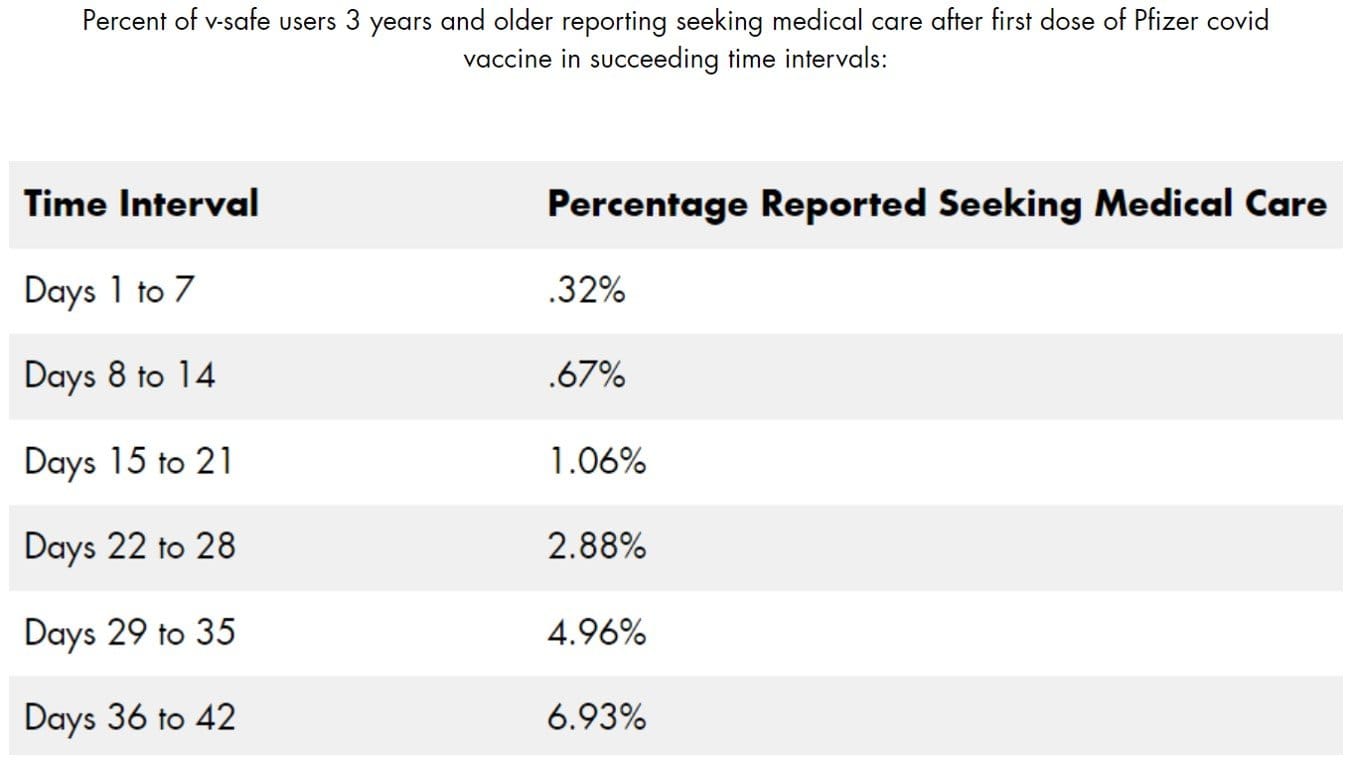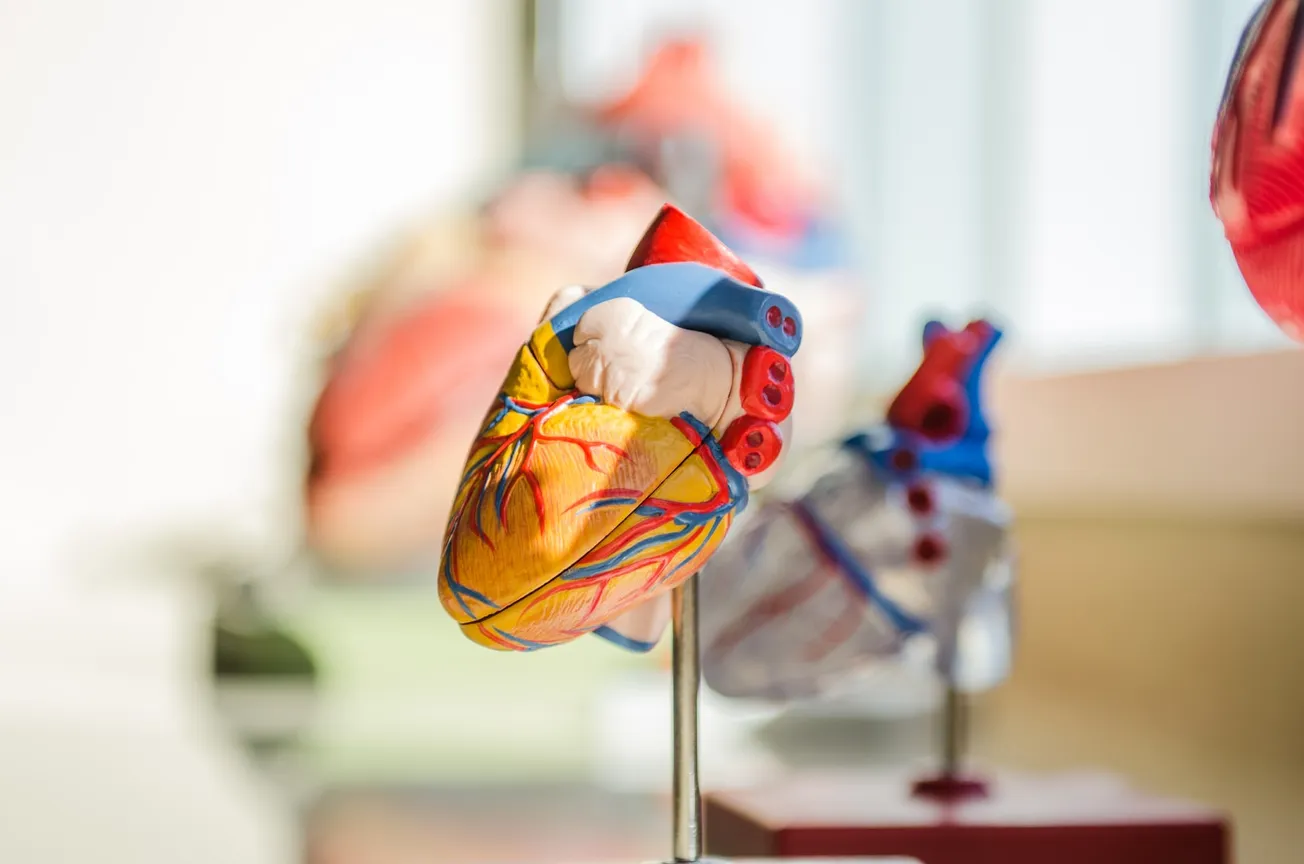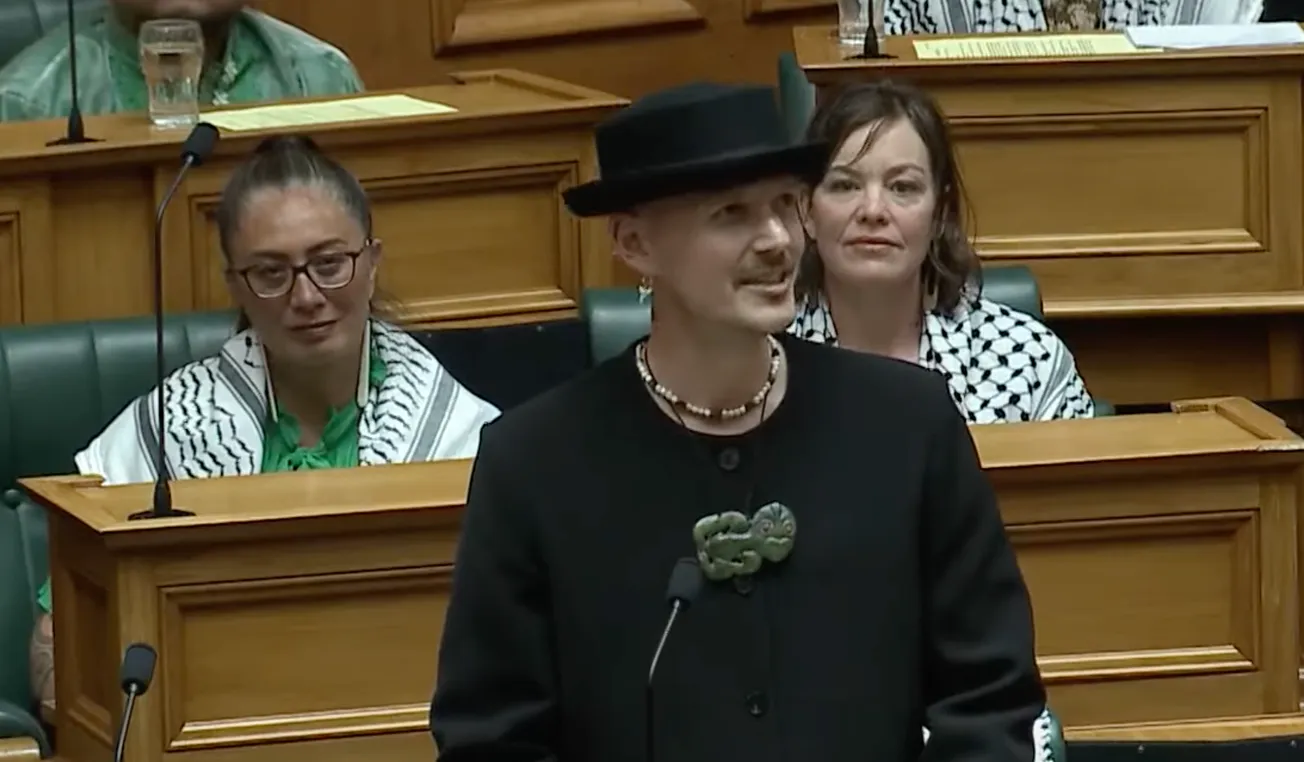New Zealand Doctors Speaking Out with Science
V-safe is a vaccine safety monitoring system coordinated by the US Centers for Disease Control (CDC), launched in December 2020 to monitor the safety of Covid-19 vaccines administered in the USA. It later expanded to include Monkeypox (MPox) and Respiratory Syncytial Virus (RSV) vaccines. According to the CDC, over 10 million participants have completed more than 151 million health surveys since V-safe launched.
Vaccine recipients who voluntarily register for V-safe receive “health check-ins” via text or email to ask how they feel after vaccination. The ‘symptoms check’ collects information at one week after vaccine administration and consists of a series of tick boxes limited to the following specific symptoms: injection site pain, redness, itching, swelling or none; and generalised chills, headache, joint pains, muscle or body ache, fatigue or tiredness, nausea, vomiting, diarrhoea, abdominal pain, rash (excluding at injection site), or none of the above. It excludes the entire list of 15 adverse events of special interest written into the V-safe surveillance protocol.

Users wishing to report any adverse events of special interest, or symptoms not included in the check boxes, are required to type their symptoms into a free text box with a 250 character limit (or about 50 words). For data collection purposes this can obscure patterns being experienced across populations as keywords can be missed depending on the vocabulary used by each individual.
Health impact data is collected weekly for six weeks, then at 12, 24 and 52 weeks after vaccine administration. This is again a series of check boxes, limited to whether symptoms resulted in being unable to work, unable to do normal daily activities, or requiring medical or health professional care. If health care was sought, check box options are given for telehealth, virtual health or email health; outpatient or urgent care visit; emergency room or emergency department visit; hospitalisation; or other (with a free text option).
ICAN (Informed Consent Action Network) sued CDC in 2021 for the V-safe symptoms check and health impact data, which was released in September 2022. Amongst a range of other concerning data, the health impacts people experience show that as time passes, the need to seek medical care increases, suggesting delays or increasing severity of adverse effects. These percentages are not cumulative.

A more recent lawsuit was filed by ICAN seeking the free text data in V-safe, which contains almost 8 million entries. Despite objections from the CDC claiming this would be “too burdensome”, the court ordered release of the free text data in batches, to be completed by January 2025.
Free text data released so far provides a catalogue of injuries including strokes, heart attacks, cardiac arrhythmias, miscarriages, and much more. Even with the arbitrary limits on text and words, clearly people are able to communicate their suffering, and a wide range of serious symptoms. This is consistent with real life observational data across vaccinated populations including New Zealand, as we have consistently but regrettably reported, most recently at Myocarditis, Sudden Deaths and Near Misses – A Critical Notification.
A full analysis of the V-safe free text data will not be available until the entire dataset is released next year. Meanwhile, an interactive dashboard is available at the ICAN website including visual graphs relating to the symptom check and health impact data. All free-text data released so far can also be downloaded for viewing.
New Zealand instigated a similar programme called the Post Vaccine Symptom Check (PVSC). Despite OIA requests and a complaint to the Ombudsman, the free-text data in the PVSC has not been released. Neither has the over-promised and under-delivered Ministry of Health myocarditis study.
In addition, OIA requests for communications related to the NZ myocarditis study have been refused on the basis that the study would finally be published in the first quarter of 2023. A similar situation has occurred in the US with a FOIA request asking for communications related to their myocarditis study being produced with all 148 pages redacted.
Data collection like V-Safe and PVSC is far nearer to the real-time pharmacovigilance which we were promised – as was the whole world actually, not least by NZ’s Dr Petousis-Harris well before the first jab was given. It is as disturbing and suspicious that these data sets are hidden – in the face of what we all know is happening to many jab recipients – as it is that the passive, laggy, public-facing systems like VAERS and CARM are being utterly ignored, despite their massive safety signals from the start.
Dr Eric Rubin, Harvard Medical School professor and FDA advisor, stated – infamously – that we won’t know if the vaccines are safe (for kids) until we start using them, quipping “That’s just how it is”. No, it’s not. He lied. We don’t get to know they’re safe in use because V-Safe and PVSC are being kept from us by the regulators, claiming they are too busy. Thank goodness for some functional courts such as those ICAN have filed with, who clearly still follow legal process.
Read more from Michael Nevradakis at Children’s Health Defense, Multiple Deaths, Thousands of Cardiac Injuries Reported to V-safe, Latest Data Dump Reveals.
Brian Hooker, Ph.D., chief scientific officer for Children’s Health Defense, told The Defender the free-text entries on V-safe “read like something written by [‘Frankenstein’ author] Mary Shelley unfortunately and affirm much of the other, more forthcoming literature associated with COVID-19 vaccine injury.”
The Highwire: V-safe Free Text Release Report
Del Bigtree provided this brief overview of the V-safe data on The Highwire on 28 March 2024.
!function(r,u,m,b,l,e){r._Rumble=b,r[b]||(r[b]=function(){(r[b]._=r[b]._||[]).push(arguments);if(r[b]._.length==1){l=u.createElement(m),e=u.getElementsByTagName(m)[0],l.async=1,l.src="https://rumble.com/embedJS/udh4zl"+(arguments[1].video?'.'+arguments[1].video:'')+"/?url="+encodeURIComponent(location.href)+"&args="+encodeURIComponent(JSON.stringify([].slice.apply(arguments))),e.parentNode.insertBefore(l,e)}})}(window, document, "script", "Rumble");Rumble("play", {"video":"v4jptaz","div":"rumble_v4jptaz"});










